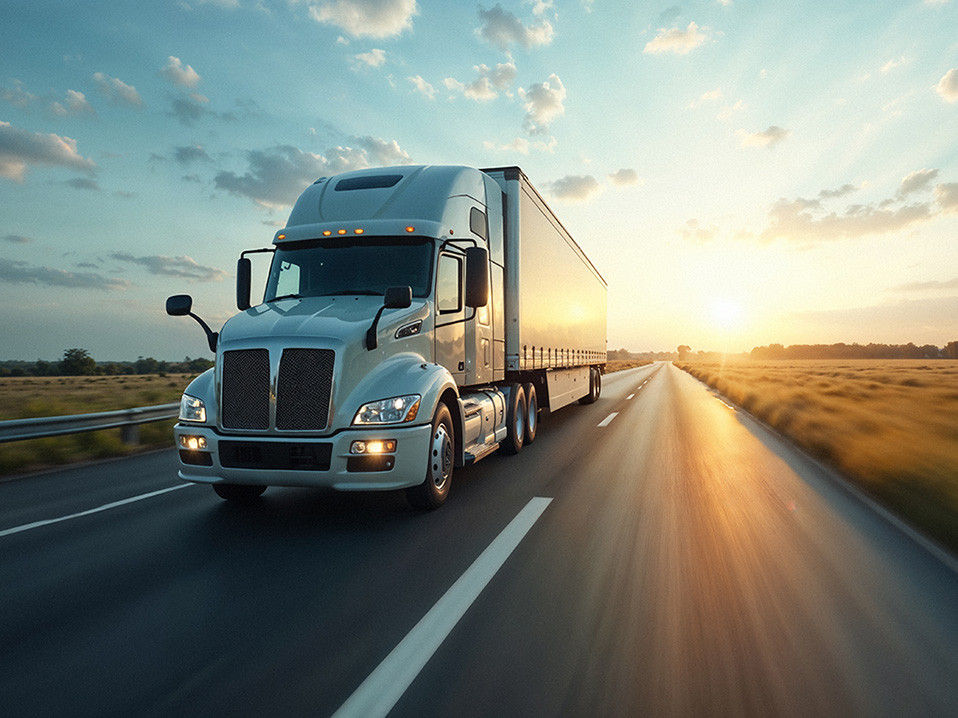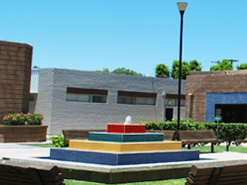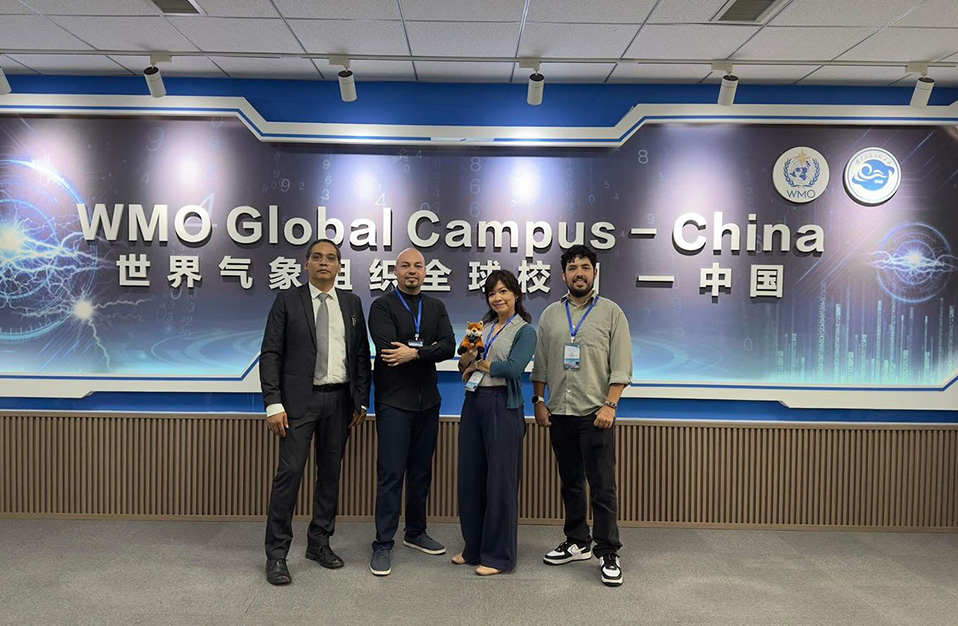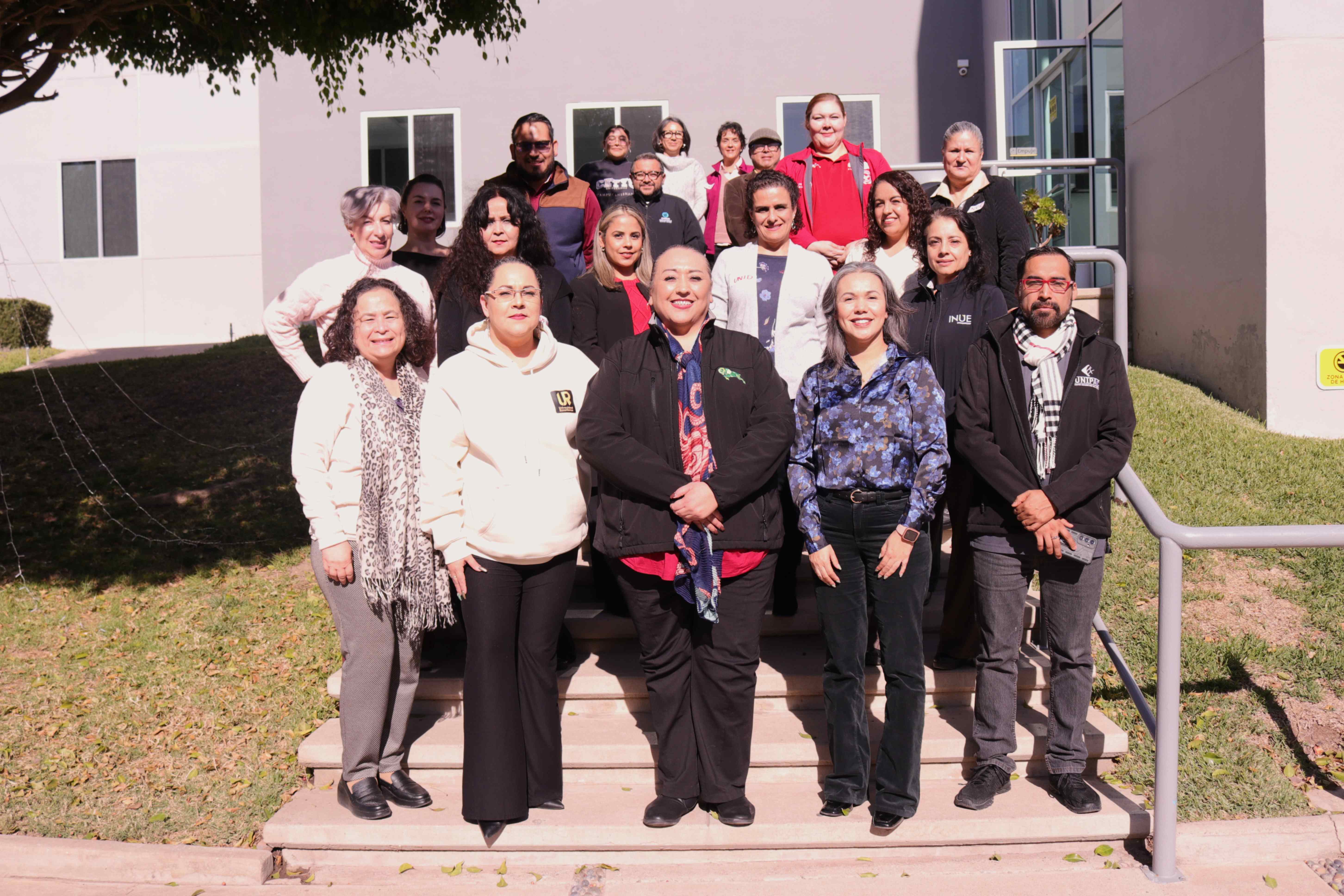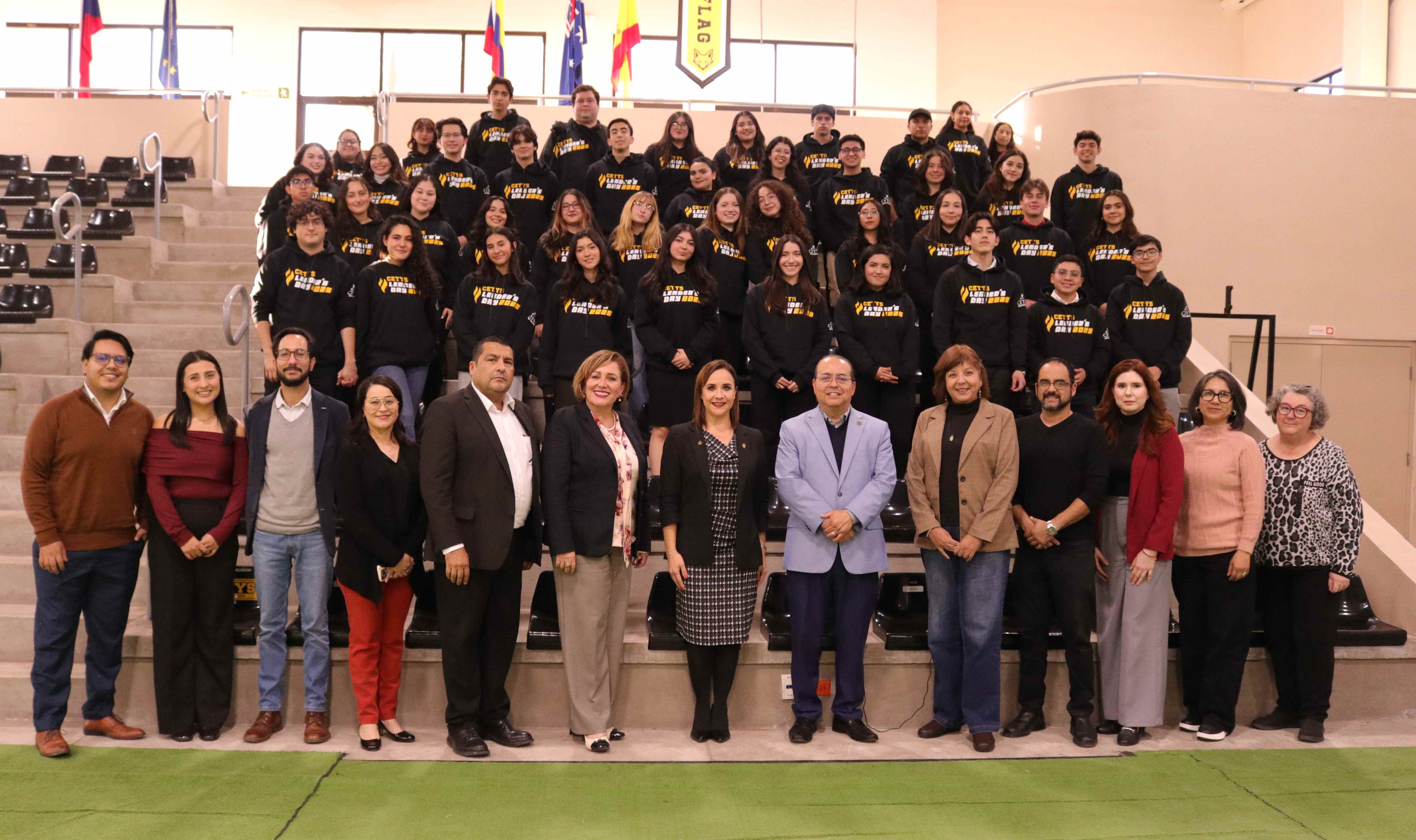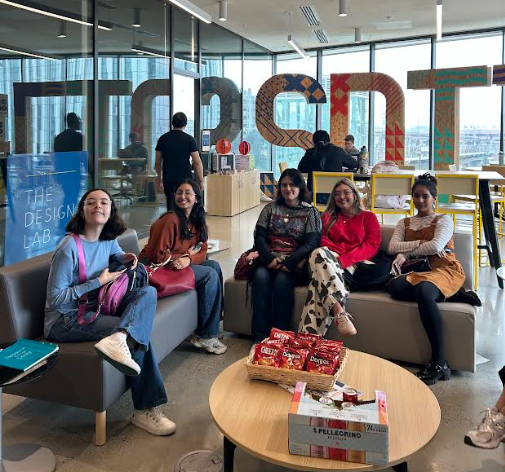Isaac Sanchez and Frida Brambila
The Mexicali-Calexico border is a vital trade corridor, but outdated infrastructure, inconsistent regulations, and limited technology create serious bottlenecks that slow down commerce and hurt the regional economy. Our research reveals how long wait times, confusing paperwork, and insufficient inspection lanes frustrate drivers and businesses alike, leading to higher costs and reduced efficiency. By modernizing customs procedures, investing in smarter infrastructure, and improving cross-border cooperation, Mexico and the U.S. can unlock smoother, faster trade. Our study highlights why it’s essential to address these challenges and how targeted solutions can benefit everyone-from truck drivers to international companies-by making trade more predictable and efficient.
The Mexicali-Calexico border is one of the most important trade corridors between Mexico and the United States. Every day, thousands of trucks carry goods like auto parts, electronics, and agricultural products across this busy crossing, supporting jobs and businesses on both sides. But despite its importance, this border is plagued by bottlenecks that cause delays, cost money, and frustrate drivers and companies alike.
Our research project set out to understand why these bottlenecks happen-and what can be done to fix them. We surveyed truck drivers, logistics managers, and customs officers, and the answers we found were clear: outdated infrastructure, inconsistent regulations, and limited technology are slowing down trade.
Imagine being a truck driver crossing the border five to six times a week, only to sit in line for one to two hours each time. That’s what most drivers reported. Long wait times waste fuel, reduce
productivity, and lead to late deliveries. Businesses in both countries pay the price in the form of higher costs and unpredictable supply chains.
One of the biggest issues is infrastructure. Old bridges, not enough inspection lanes, and outdated customs booths can’t handle the high volume of trade passing through this border. Logistics companies consistently said that expanding inspection lanes and adding dedicated commercial vehicle routes would make a huge difference.
But infrastructure alone isn’t the problem. Different customs procedures in Mexico and the U.S. mean drivers often face confusing paperwork and delays at inspection points. Even small differences in documentation can lead to hours of waiting. Aligning customs rules and adopting pre-clearance programs for trusted shippers would help move goods more efficiently.
Technology also has a role to play. Tools like GPS tracking systems, real-time wait time updates, and automated customs processing can help drivers plan their trips better and reduce delays. While some drivers already use apps or GPS systems, many still feel uninformed about lane availability and wait times. By investing in better digital systems and data sharing between the two countries, border agencies could provide drivers with more accurate information, helping everyone save time.
Our research was guided by three main theories:
- Supply Chain Management (SCM), which focuses on moving goods efficiently through coordination and communication.
- Transaction Cost Economics (TCE), which shows how hidden costs like delays and paperwork reduce competitiveness.
- Infrastructure Theory, which explains how outdated roads and buildings slow down trade. Our surveys confirmed what the experts already know: the Mexicali-Calexico border needs modern
solutions. Drivers want faster inspections, better information, and more consistent customs procedures. Logistics companies want expanded lanes and updated technology. Customs officers want smoother processes to avoid backlogs.
The good news is that solutions exist. Bilateral cooperation between Mexico and the U.S. can create unified customs clearance procedures, consistent enforcement, and better communication. Investing in modern infrastructure-like dedicated lanes and upgraded inspection equipment-can speed things up. And adopting digital customs tools can save time and reduce paperwork.
Fixing these bottlenecks isn’t just about big companies; it’s about helping small businesses, drivers, and consumers too. Every hour saved means lower costs and faster deliveries. That’s good news for everyone who depends on cross-border trade.
Our research shows that with the right investments and collaboration between governments and private companies, the Mexicali-Calexico border can transform from a frustrating bottleneck into a modern, efficient trade gateway. It’s time to put these solutions into action-and unlock the full potential of this vital trade corridor.



